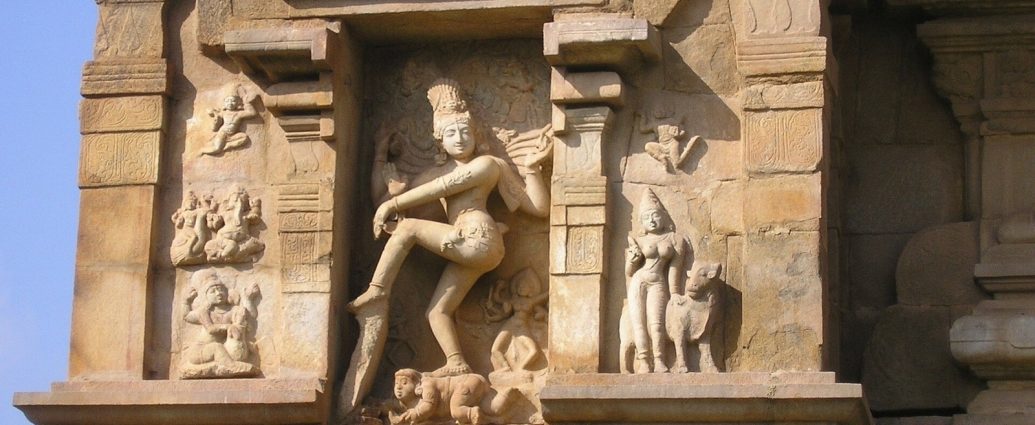India is known throughout the world for its preservation and collection of different artifacts and sculptures. Our nation is home to a wide variety of sculptures and artifacts, and the distinctiveness of our traditional artwork highlights the dynamics of our country. The combination of both physical and intangible traditional sculptures and artifacts serves as an example of the beauty of our cultural heritage, which has been passed down from one generation to the next. Each state in our country generates and produces multiple types of art, and India is recognised all over the world for its preservation and collection of various artifacts and sculptures. (Also read: Celebrating India’s rich cultural heritage)
In an interview with HT Lifestyle, Nitin Goel, Co-founder of Exotic India Art, explained how we can preserve absconding heritage through conventional artifacts and sculptures.
- Significance of artifacts and sculptures:
People are connected through art; it familiarises us with our genesis and ancient Indian heritage. We, as individuals, drive meaning through art, hence the quote “Art imitates life.” It’s crucial to comprehend the significance of artifacts and sculptures to have a positive outlook and knowledge of our cultural heritage. Safeguarding our Indian heritage not only acts as a sign of our historical power but also serves as a reminder of our roots. The artistic legacy of our nation is a vital part of our identity and sense of pride. Every individual has a responsibility to protect, nurture, and promote cultural diversity.
– Our sense of belonging is amplified by our heritage. Places that display artifacts and sculptures strengthen our culture and financial health.
– Indian art should be stressed in our academic curricula in order for the younger generation to understand the importance of our history.
- Cultural awareness in safeguarding our artifacts and sculptures:
Cultural awareness promotes a better understanding of our heritage to effectively safeguard and spread India’s rich intangible and tangible cultural art heritage, such as paintings and art forms, ancient monuments and archaeological sites, sculptures, scriptures, etc. Thus, it is important to recognise and record oral traditions and indigenous knowledge systems and empower the public to create a peaceful relationship with our heritage by enlightening them about the richness of their culture.
Some of the ancient scriptures of the Kakatiya dynasty founded in Andhra Pradesh needed preservation and were neglected by the locals of the district. Also, “Mahishasura Mardhini”, “Nandis”, and “Nagadevatha” are thousand-year-old sculptures with additions of intricately carved red sandstone pillars and door frames delineated with “dwarapalas”. These are some of the pieces of our cultural heritage that need to be preserved in order to prevent future damage.
Therefore, to ensure that the heritage of our nations remains relevant for many generations to come, art legacy should be preserved and developed on a priority basis.
